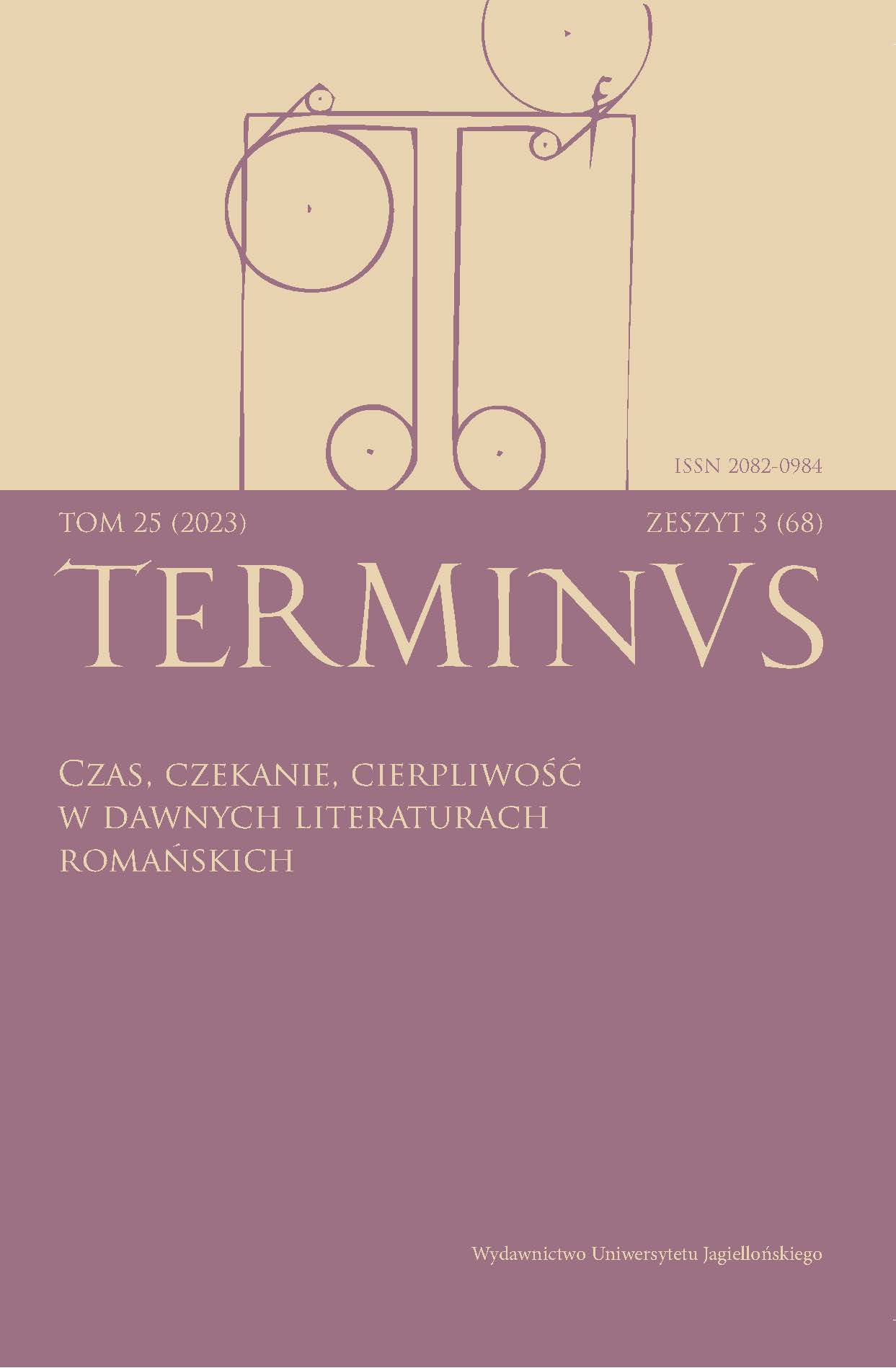„Długośmy czekali na ciebie, panie”. Motyw wyczekiwanego rycerza w starofrancuskich powieściach Okrągłego Stołu
“We have waited a long time for you, my lord”: The Motif of a Long-Awaited Knight in Old French Round Table Novels
Author(s): Katarzyna DybełSubject(s): French Literature
Published by: Wydawnictwo Uniwersytetu Jagiellońskiego
Keywords: Old French novels of the Round Table; Lancelot; Galahad; The Quest of the Holy Grail; locus theologicus; Restitutor Orbis;
Summary/Abstract: This paper aims to analyse and interpret the motif of the long-awaited knight (le chevalier desirré) in two Old French romances of the Round Table: Lancelot by Chretien de Troyes (ca. 1177–1181) and The Quest of the Holy Grail, written in prose by an anonymous author in the first half of the 13th century. Essentially different in their purport and in the portrayal of the Arthurian society, these works display an interesting array of the variants of the motif under scrutiny. In Chretien’s romance the motif of the long-awaited knight gives rise primarily to the effect of surprise and astonishment, additionally enhancing the protagonist’s uniqueness. It does not, however, create any spiritual or metaphysical space for the events. On the contrary, it serves the purpose of presenting the relationship between Lancelot and Guinevere as idolatry, where the sacred is subordinate to the profane. In The Quest of the Holy Grail, on the other hand, the motif is fundamentally important for the doctrinal dimension of the text, by illustrating the dialogical interaction of literature with spirituality, and revealing the peculiar theology of depth inscribed in the narrative or in the utterances produced by the protagonists. The universe of the novel thereby opens to the deeper layers of correspondences and meanings, so that the novel can be considered a kind of locus theologicus: the locus where literature encounters the theological thought of the epoch. In both novels, the motif in question is one of the most crucial factors systematizing the diegetic world, impacting on the dynamics of the narrative and the meaning conveyed by the novels. It also appears to be reminiscent of another popular medieval motif of Restitutor Orbis, i.e. a figure of the Messianic character, reshaping the world that requires to be reshaped, or, as was the case of Galahad in The Quest of the Holy Grail, introducing a new order to the Arthurian world, represented by the idea of the new chivalry of the Kingdom of Heaven: chevalerie céleste.
Journal: TERMINUS
- Issue Year: 25/2023
- Issue No: 3 (68)
- Page Range: 273-283
- Page Count: 11
- Language: Polish

